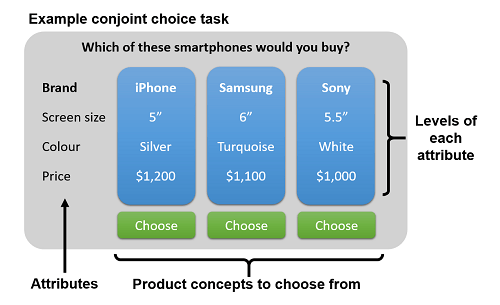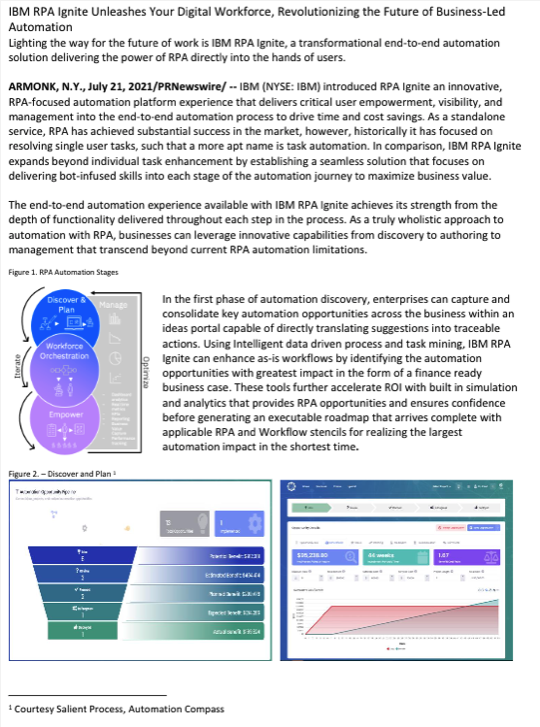Price-point Testing for Product Launch
Context
As a result of the GTM Messaging Evaluation for the new RPA product, stakeholders on the team were interested in determining how much customers were willing to pay for this new product. A survey was conducted in which the objective was to identify psychological price points to understand how much users were willing to pay for this product.
Tool: Alchemer
Methods Used: Van Westendorp’s Price Sensitivity Meter, Conjoint Analysis, Survey
Participants: 77 Line-of-Business Software Purchasers (i.e., targeting purchasers with existing experience purchasing automation software or were actively considering options)
Timeframe: 2 weeks
Methodology
1. Van Westendorp’s Price Sensitivity Meter
What? Provides a more comprehensive, multi-question model that indirectly measures willingness to pay instead of directly posing the question to potential buyers
Survey Questions
At what price would you begin to think that the product is too expensive to consider?
At what price would you begin to think the product is so inexpensive that you would question the quality and not consider it?
At what price would you begin to think the product is getting expensive, but you still might consider it?
At what price would you think the product is a bargain - a great buy for the money?
2. Conjoint Analysis
What? Used to determine how customers value the various features that make up an individual product
Survey Question
The respondent is asked to indicate the package they are most likely to purchase. The importance of attribute features and levels can be mathematically deduced from the trade-offs made when selecting one of the available choices.
Survey
Participants reviewed 3 pieces of material regarding the new product:
1-page overview
Example use case
Official press release
After the materials were reviewed by participants, they were asked questions about purchasing the solution.
“Please answer as though you are making a purchasing decision at your company based on your typical experience buying or influencing the purchase of a new SaaS solution.
We are aware that you are being asked questions about a concept and have not seen the product thus far. That’s okay! Please assume that the product will fully work as intended.”
Readout
After the survey data was analyzed via affinity diagraming, the results were presented to the team, outlining 3 main findings from the survey:
Customers prioritized cost and the processing mapping feature; additionally, they were willing to pay more if offered greater process mapping and mining capabilities.
Customers that analyzed the cost-savings based on FTE (i.e., full-time equivalent) were very high on their pricing estimations
Customers who estimated a lower price point moved higher after they saw the various pricing packages, indicating that when given all the specific capabilities, they were more excited about purchasing the product.
This readout lead to the team emphasizing certain features such as processing mapping and mining capabilities and to also emphasize cost-savings based on FTE in GTM messaging.


